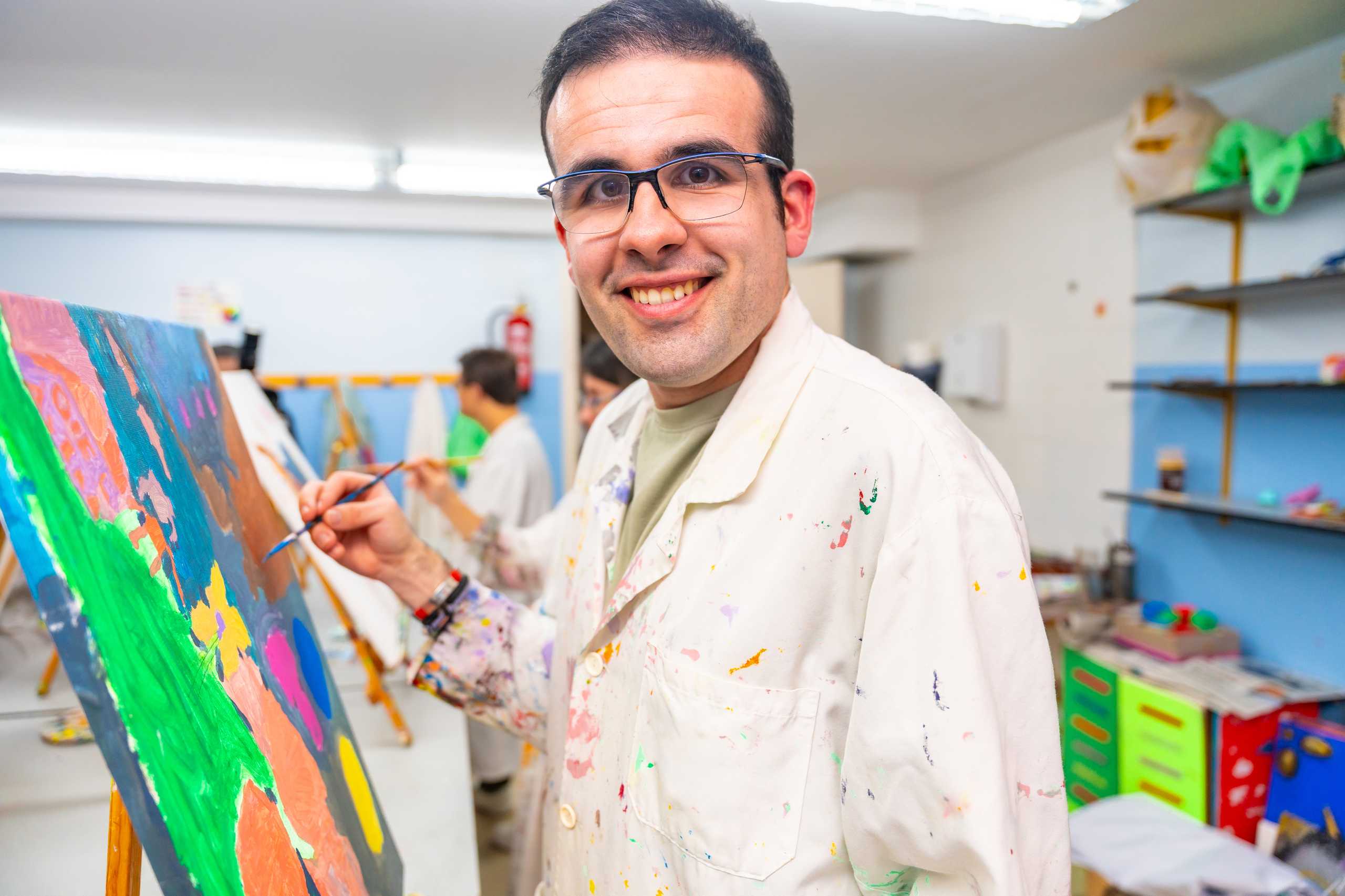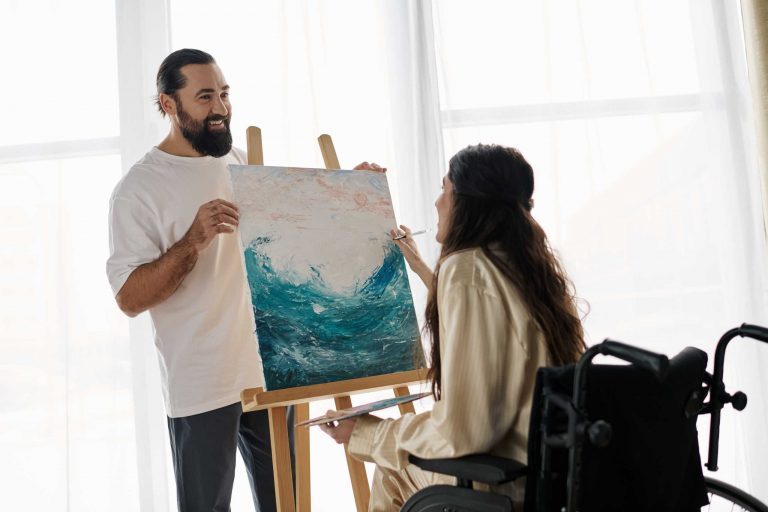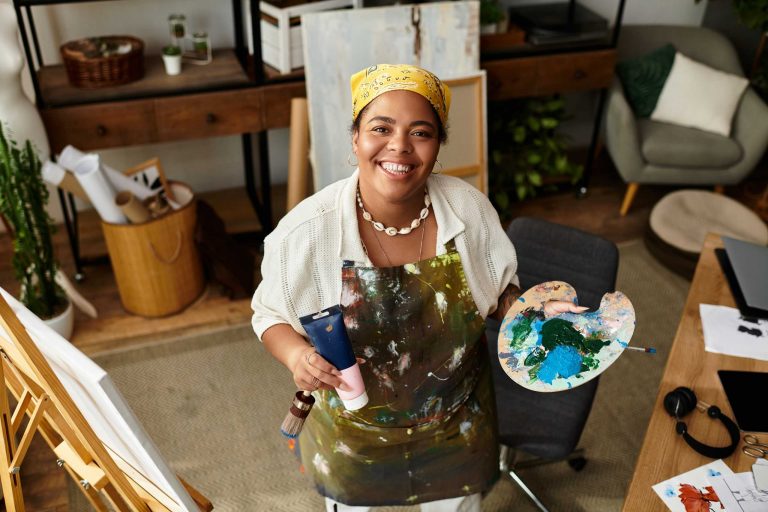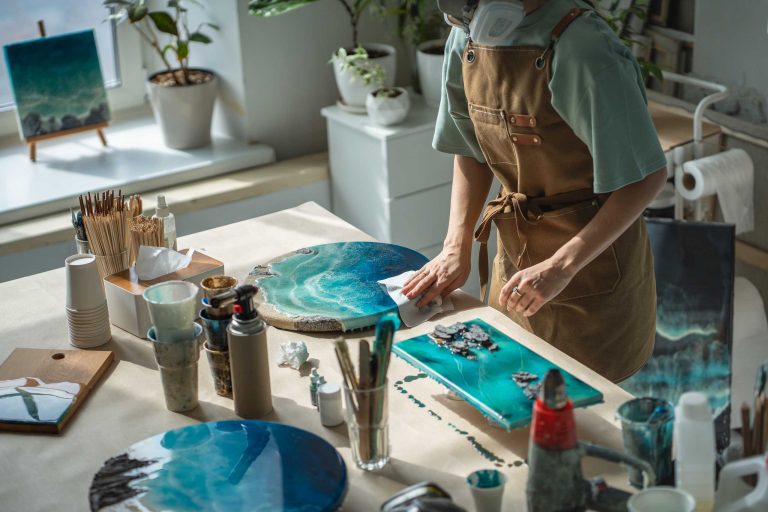Essential Tips for Beginners to Master Watercolor Painting
Starting with watercolor can feel both exciting and a bit intimidating. The fluidity that makes this medium so magical can also challenge control and precision. But don’t worry — with the right approach, you’ll find yourself creating beautiful paintings faster than you think.
Here are some key tips to set you on the right path:
Choose quality materials.
While it’s tempting to grab the cheapest supplies, investing in good paper, brushes, and paints makes a huge difference. Watercolor paper with the right texture holds pigment better and prevents warping. Brushes designed for watercolor have softer bristles and hold water effectively.
Learn to control water and pigment.
Water is your greatest ally — and your trickiest opponent. The ratio of water to paint changes everything: too much water means lighter, more translucent washes; too little leads to dense, vivid colors. Experiment with wet-on-wet and wet-on-dry techniques to understand how water affects your strokes.
Start with simple subjects.
Avoid complex scenes at the beginning. Focus on painting small, simple objects like leaves, flowers, or fruits. This helps you practice color blending, layering, and brush control without overwhelming yourself.
Practice layering patiently.
Watercolors dry lighter than they appear when wet. Build up your colors gradually with multiple layers instead of trying to achieve the desired shade in one go. Let each layer dry before adding the next to avoid muddy colors.
Embrace “happy accidents.”
Sometimes, unexpected spreads or color blooms can enhance your artwork. Instead of fighting these surprises, learn to incorporate them creatively. Watercolor is as much about letting go as it is about control.
Common beginner pitfalls to avoid:
- Overworking the paper, causing damage or unwanted texture.
- Using too much water and losing color intensity.
- Neglecting to plan light areas, resulting in dull paintings.
- Rushing drying times, leading to unwanted mixing.
Watercolor is a dance between patience and spontaneity. The more you practice, the more you’ll develop intuition for timing, color mixing, and brush handling.
Try this simple exercise:
Paint three washes of the same color with varying water ratios side by side. Observe how the shade changes and how much control you have with different amounts of water.
Remember, every artist’s journey with watercolor is unique. Mistakes are part of learning and often lead to unexpected beauty. So keep your brush moving, enjoy the process, and watch your skills grow with every stroke.




